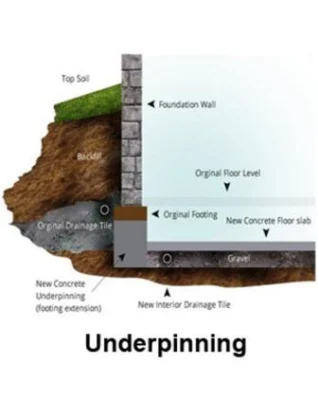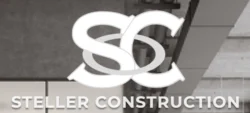
Press Release (ePRNews.com) - TORONTO - Jul 12, 2016 (UTC) - Underpinning is a method used for increasing the depth of any foundation. In traditionally built homes, height of the basement is insufficient. Underpinning comes to the rescue as it helps you to get a deeper area.
When is Underpinning used?
Underpinning is used for reasons such as:
• To correct faulty foundation in case it has suffered a lot of cracks and settlement
• If the foundation is not strong or stable enough to hold the weight of the property
• To increase the load bearing capacity of the existing foundation
• To add floors to the existing foundation, rather than constructing a new building
How to choose the Correct Method for Underpinning the Basement of your home?
Choosing an underpinning method solely depends on the type of foundation of your home. There isn’t a single method that will be suitable in every situation. In order to choose the correct method, you should keep the following points in mind:
• The structure of the foundation
• The factors that may have caused damage to the existing foundation
• Depth of excavation
• Site restraints
• Local permits and regulations
• Cost of the entire process
• Time duration
Commonly Used Methods for Underpinning
•
Mass Pouring
The most commonly and traditionally used method of underpinning is mass pouring. It is suited for shallow underpinning a basement (https://www.pourconcrete.ca/basement-lowering-contractor-…) in which a lot of digging is not required. It simply involves excavating the weak soil underneath the surface and pouring concrete in its place to strengthen the base. Since concrete is stronger than soil, the weight of the entire structure is carried effectively by the concrete.
Following are the advantages of using the mass pouring method:
• Low cost of labor
• The simplicity of engineering
• The continuity of the building’s use during construction without involving any need of evacuating the property
•
Beam and Base Method
Another method of underpinning involves the use of beam and base. The method also makes use of traditional mass concrete base, and incorporates beams to support the existing foundation. The load is transferred to a concrete beam that is constructed below, above or in place of the existing foundation. The beam then transfers the load to a mass concrete base that is spread evenly for support. The construction of the beams depends on the architecture of the structure built on the foundation and the type of load applied to the foundation.
•
Pile Method
If you opt for the pile method, the general contractor (https://www.pourconcrete.ca/) drives piles at equal distances along both sides of the wall. The piles are connected by concrete or steel needles that penetrate through the walls. It is the most effective method for houses built in clay soil as well as properties constructed in waterlogged areas. The pile method helps in relieving the load of the existing foundation.
What Precautions should be taken before starting the Underpinning Process?
Before any underpinning process is started, it is necessary to remove the load of the building. You can do it by removing furniture and belongings from all the floors of the property. Additionally, you can opt for shoring and install temporary structures for protecting the property. Do not forget to undertake a careful investigation of the site and the neighboring structures as a precautionary measure.
Expert General Contractors in Greater Toronto Area
2550 Matheson Blvd East, Suite 214
Mississauga, Ontario - L4W 4Z1 Canada
Phone: 647.847.4009
Website: http://www.pourconcrete.ca




